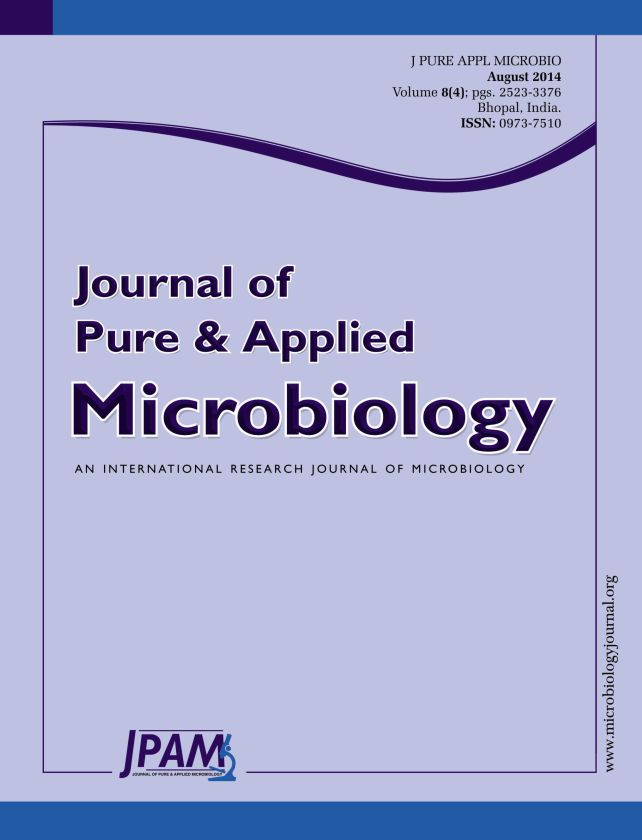Plant growth promoting rhizobacteria (PGPR) are group of bacteria that can actively colonize plant roots and can enhance plant growth directly or indirectly. Fluorescent Pseudomonas sp. are emerging as largest and potentially most promising group of PGPR bacteria that are involved in plant growth enhancement and plant disease control. Production of auxins is one of the main reason to promote yield because of inoculation with this bacteria. The phytohormone auxin play a central role in plant growth and development as a regulator of numerous biological processes, from cell division, elongation and differentiation to tropic responses, fruit development and senescence. In this research eight isolates of Fluorescent Pseudomonas sp. were isolated from apple rhizosphere and were investigated for auxin production. All the strains tested produced auxin in concentration of 5.1-16.9µg/ml. Two isolates viz., An-1-kul and An-13-kul were selected on the basis of higher production of auxin. The auxin produced by best isolates (An-1-kul and An-13-kul) were estimated via high performance liquid chromatography (HPLC) in liquid culture. The range of IAA production from fluorescent Pseudomonas isolates An-1-kul and An-13-kul was 11.59µg/ml and 13.76µg/ml culture with a retention time of 2.620 and 2.624 respectively.
Auxin, Pseudomonas sp., HPLC
© The Author(s) 2014. Open Access. This article is distributed under the terms of the Creative Commons Attribution 4.0 International License which permits unrestricted use, sharing, distribution, and reproduction in any medium, provided you give appropriate credit to the original author(s) and the source, provide a link to the Creative Commons license, and indicate if changes were made.


